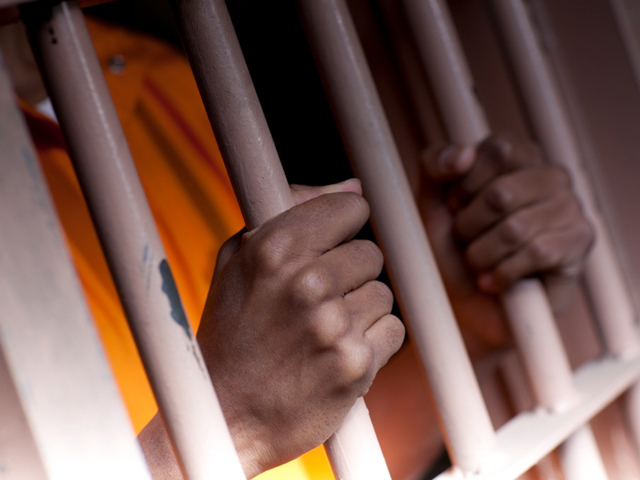
California has a whole host of criminal statutes in which if found guilty of violating does not determine if a person has been convicted of a felony or misdemeanor. These crimes are called Wobblers. Only at the time of sentencing, and depending on how the court chooses to administer the sentence, will the violation be determined as a felony or misdemeanor. Any non state prison sentence makes the violation a misdemeanor. When California passed the Three Strikes law it allowed persons convicted of a Wobbler’s low term prison sentence to be put away for Life. As a person convicted of a Wobbler who received the sentence of 35 years to life imprisonment, I know this law well. However, so do countless others with possession of cocaine valued under $10; driving a car without the consent of the owner; living in a high drug area, and telling Undercovers you don’t sell drugs but they do down the block; being homeless and fed by the Catholic church, and breaking into the church’s pantry for some bread, etc, etc, etc. Part of the aftermath was mass overcrowding and the whole scale elimination of vocation and educational programs. I knew that one day the financial burden on taxpayers would bring this system crumbling down, and when it did, the people living on the other side of the prison wall would have Hell to pay. This was before the California Department of Corrections, CDC, began to go by the acronym CDCR, the California Department of Corrections and Rehabilitation. Any veteran official who’s been involved in the Arts-in-Corrections program will tell you the desert-like conditions of the program inside the prisons. When they brought an art program from the California State University at San Bernardino and I was selected as a participant, I was excited. On our first day I arrived late, and the gym where the class was being held was buzzing with energy and activity. I took a chair and sat at a table full of other prisoners as the art Administrators of predominately college students gave me a sheet of paper and pointed to all these colored pencils. They told me to draw something and then to pass it to somebody else who will draw something, and they will pass it to someone, and so on, so on, so on. For some reason I drew a red heart with greenish blue trimmings inside of another red heart with greenish blue trimmings and passed it along. When it was returned to me I cried. I was shocked by the spirit in which my fellow prisoners contributed to my piece. Their contributions showed me their Hearts were full of love, and built upon my heart, with stars, and more hearts, and a kite to be sent over the wall, to tell the world about love. Since the passage of criminal reform in California that has severely mitigated the impact of the Three Strikes law, my fellow prisoners who are now returning citizens are not the Desperados that I thought were being unleashed on society. My initial drawing of Hearts, opened my eyes that if you show a person love, they have the capacity to give love in return. Whether it be called Restorative, Healing, or Transformative Justice, there is a prison reform movement designed to restore love in the hearts of broken people. People who may never had been shown love in their formative years, as hurt people, hurt people. Unconsciously, my fellow prisoners had created a work of art based on a warm color scheme. They unconsciously chose images of stars, leaves, feathers, and a kite string, these are symbols not tethered to the terrestrial. It was these unconscious symbols in art that made me realize the True Heart of my fellow prisoners. I knew I started this thing off with a symbol that represents love, and they built upon that symbol with warm symbols of love, and a sense of floating free. When I received a flyer about an Art & Essay Contest, with the theme being rehabilitation versus punitive punishment, accountability, and forgiveness, I knew now was the time to release this artwork from the confines of my prison cell, and to set it free over the Prison Walls, as it was always meant to be.
[C-Note has been written about in People Magazine; ABC-Los Angeles (KABC-7 TV); Inside CDCR; Darealprisonart; and Wikipedia. He also has been a contributing writer to California Prison Focus; Prison Action News; Mprisond Thotz; Hamilton College’s, American Prison Writing Initiative; John Jay College of Criminal Justice, Prisoner Reentry Institute’s, Our Voice; and The Real Cost Of Prison. In 2017, Google Search listed him first in search results as both America’s, and the world’s most prolific prisoner artist.]
Donald “C-Note” Hooker
CDCR# K94063
P.O Box 4490
Lancaster, CA 93539



[…] has written for Mprisond Thotz, California Prison Focus, Inmate Blogger, Prison Journalist Project, and many […]